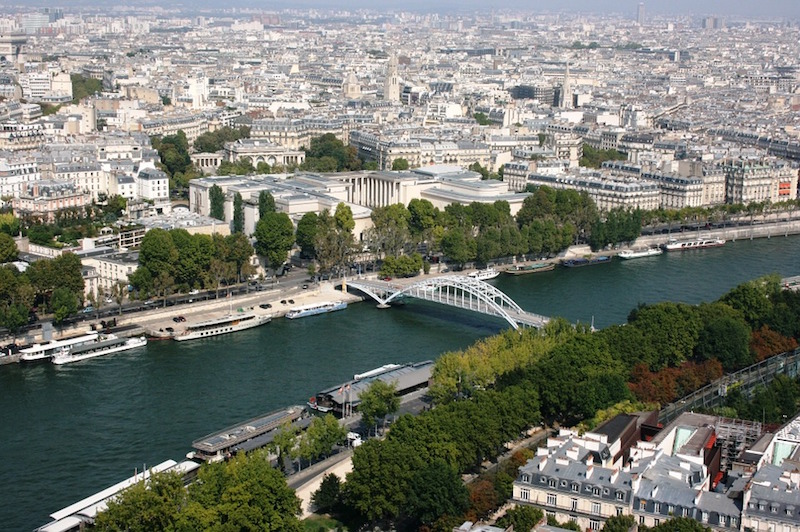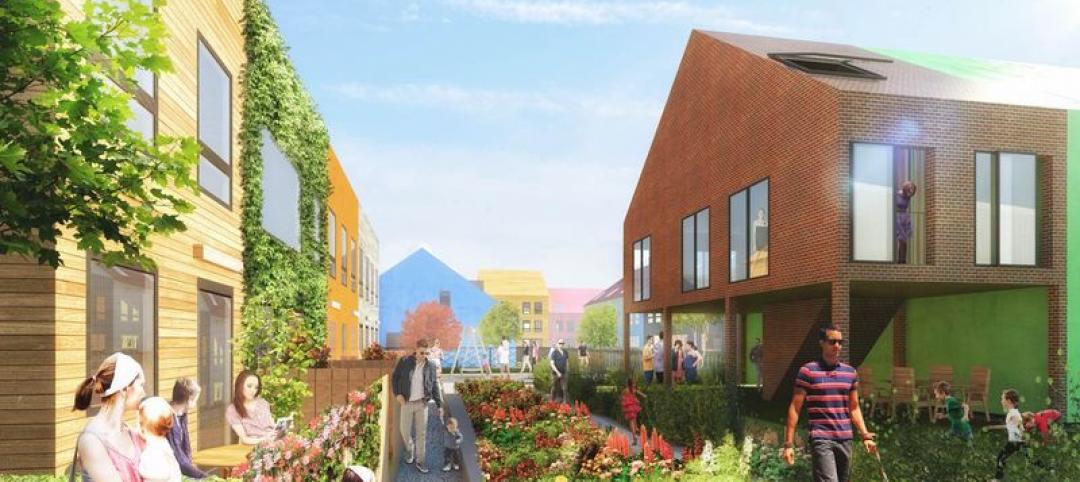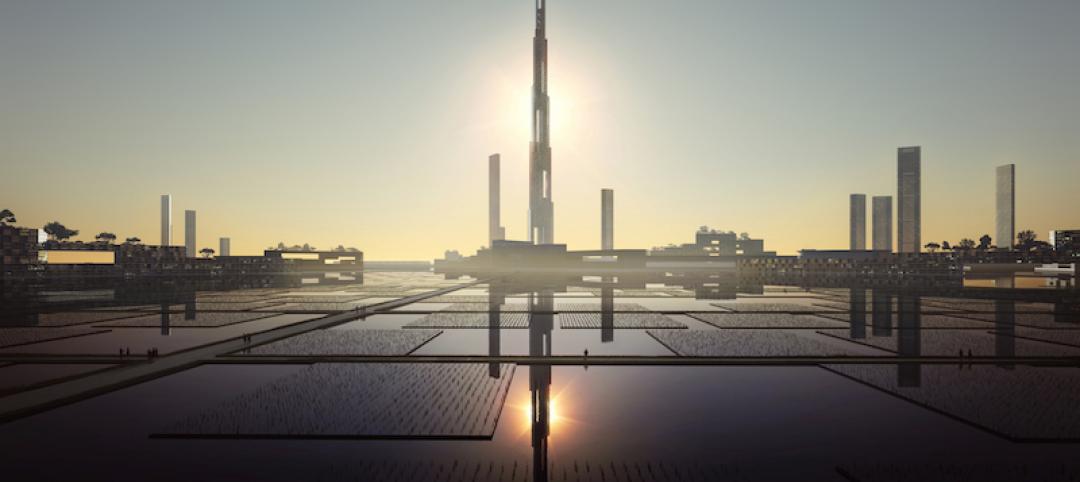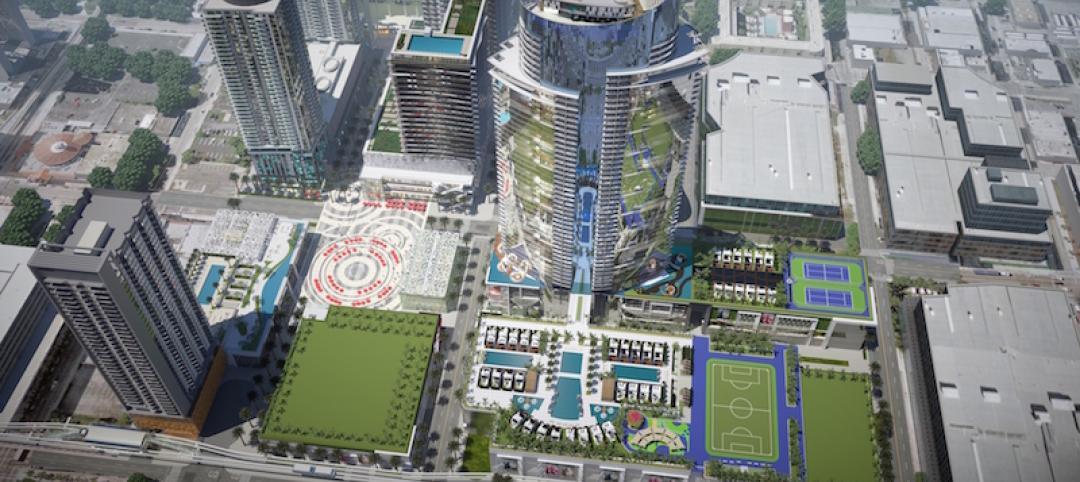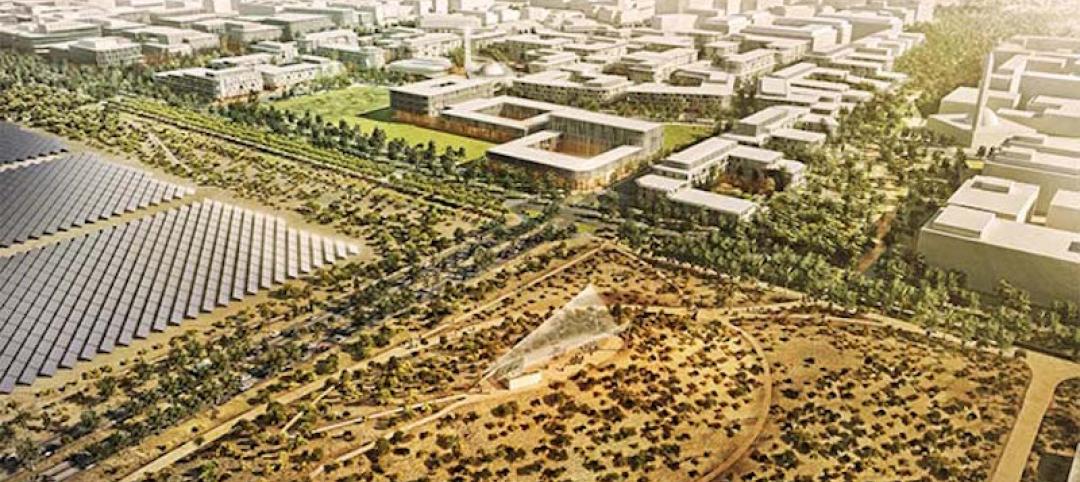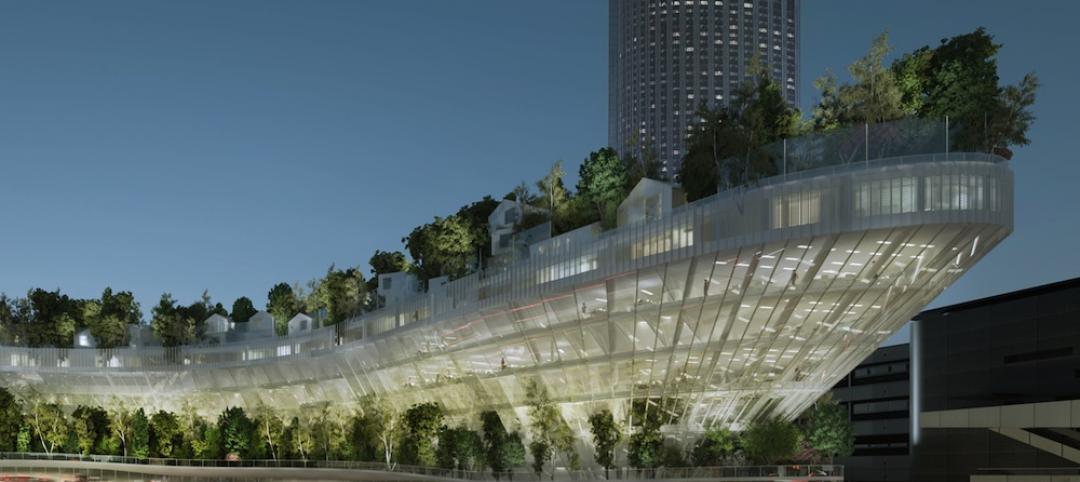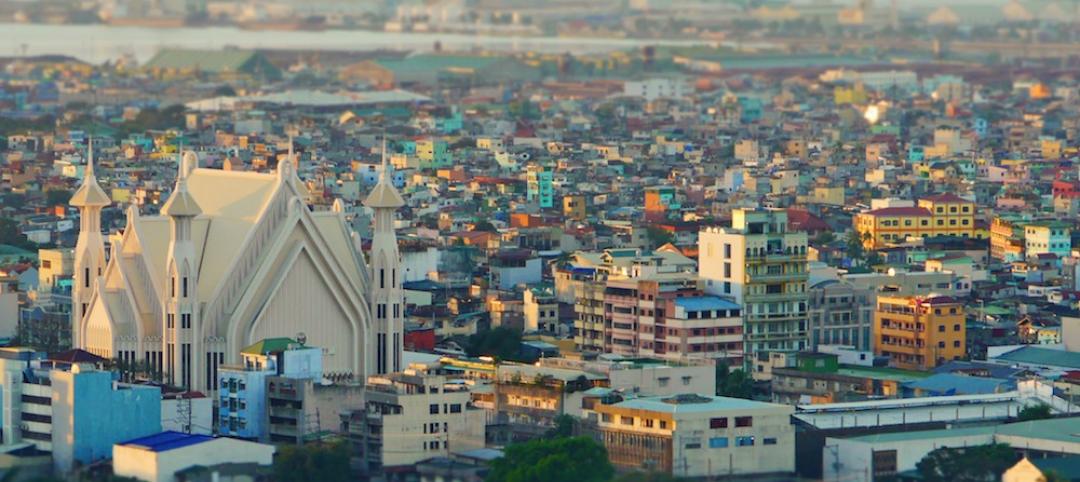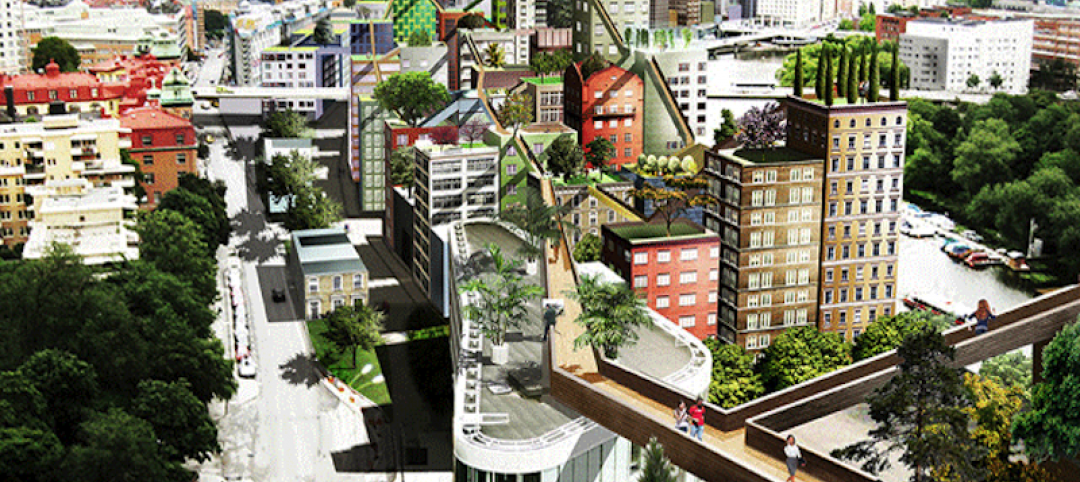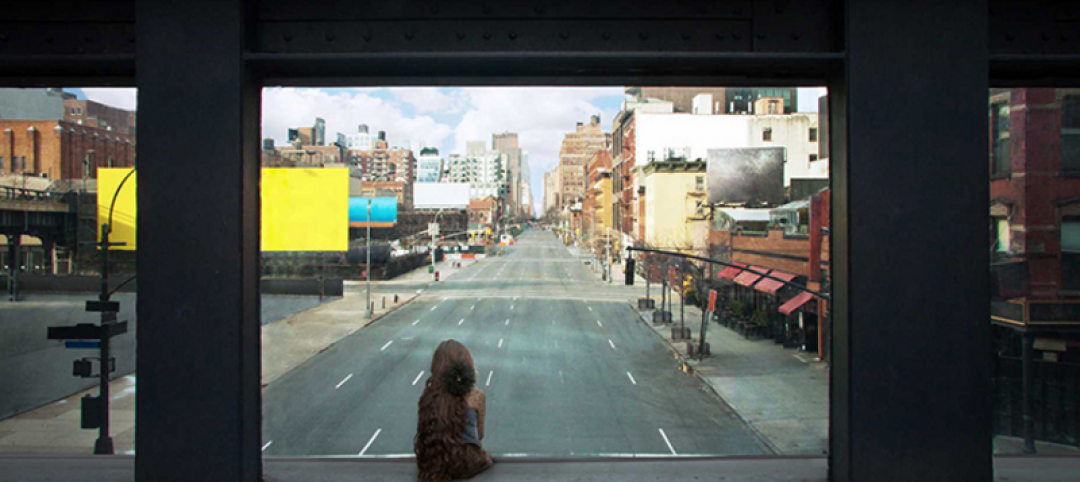On Sundays and for a majority of the summer, the Voie Georges Pompidou closes to cars between the Louvre museum and the Place de la Bastille area, allowing the space to instead be used for pedestrians. However, as Reuters reports, this stretch of highway on the right bank of the river Seine will not be reopening this year, as Paris has plans to permanently transform the area into a riverside park.
The banks of the Seine were designated a UNESCO World Heritage site and, the right bank specifically, runs past some of the city’s major landmarks, such as the Ile de la Cite, Notre Dame and Paris city hall.
The plans to close the highway stem from a goal to reduce pollution caused by motor traffic in the city. The highway was built in the 1960s and brought cars to a place were they never were before, increasing pollution and taking up valuable space that could otherwise be used for pedestrians.
While the goal of reducing pollution is admirable, many people are worried that the move will just increase congestion and pollution in other areas of the city. Some restaurant owners on the right bank worry that closing the highway will negatively affect their businesses, fearing traffic will be forced from the road by the river and up to the streets outside their restaurants, becoming a nuisance for people on the terraces.
Paris’s Deputy Mayor, however, says the city just needs time to adjust to the change and the increased local traffic will be temporary as people find and grow accustomed to new ways to reach their destinations.
The left bank highway has been closed to cars between the Musee d'Orsay and the Eiffel Tower since 2013. The area has become a popular park featuring outdoor cafes and sports facilities. Paris city officials hope closing the right bank to traffic will produce similar results.
Related Stories
Urban Planning | May 4, 2016
Brookings report details how different industries innovate
In the new report, “How Firms Learn: Industry Specific Strategies for Urban Economies,” Brookings' Scott Andes examines how manufacturing and software services firms develop new products, processes, and ideas.
Urban Planning | Apr 19, 2016
MVRDV wants to turn a former US Army barracks in Germany into a model for the future of suburban living
Blending traditional families with young couples and the newly retired, MVRDV hopes to transform traditional suburbs into diverse communities of shared experiences
High-rise Construction | Mar 10, 2016
Bigger, taller, wider: London’s skyline is about to have a major growth spurt
More than 100 tall buildings have been added to the plans for the capital city since this time last year, and the overall number of tall buildings planned for London is now over 400.
High-rise Construction | Feb 25, 2016
Kohn Pedersen Fox wants to build a mile-high tower in Tokyo
The tower would be the centerpiece of Next Tokyo, a mini city in Tokyo Bay adapted to climate change and rising tides.
Mixed-Use | Feb 18, 2016
New renderings unveiled for Miami Worldcenter master plan
The ‘High Street’ retail promenade and plaza is one of the largest private master-planned projects in the U.S. and is set to break ground in early March.
Green | Feb 18, 2016
Best laid plans: Masdar City’s dreams of being the first net-zero city may have disappeared
The $22 billion experiment, to this point, has produced less than stellar results.
Urban Planning | Feb 9, 2016
Winners named in 'reinventing Paris' competition
Architects submitted projects that redeveloped key parts of the city and incorporated green space features.
Urban Planning | Feb 2, 2016
Report identifies 600 cities that will drive economic growth through 2025
Of them, 440 are in emerging economies in China, South Asia, and Southeast Asia.
Urban Planning | Jan 21, 2016
Anders Berensson Architects re-imagines Stockholm as a city of skywalks
The Swedish firm’s "Klarastaden" plan connects the city via clear skyways that weave in and around the city’s buildings.
Urban Planning | Jan 19, 2016
Cities are booming, but do they have what it takes to sustain growth?
While cities are creating new jobs and attracting new residents, there are warning signs that suggest this current urban boom lacks the necessary sustainability that comes with focusing on the macro issues of community, affordibility, and displacement, writes Gensler’s Peter Weingarten.


